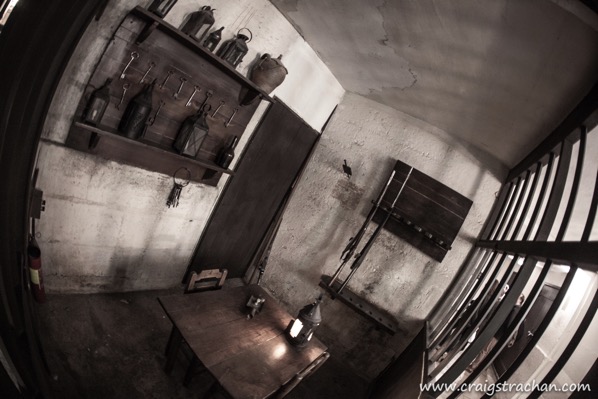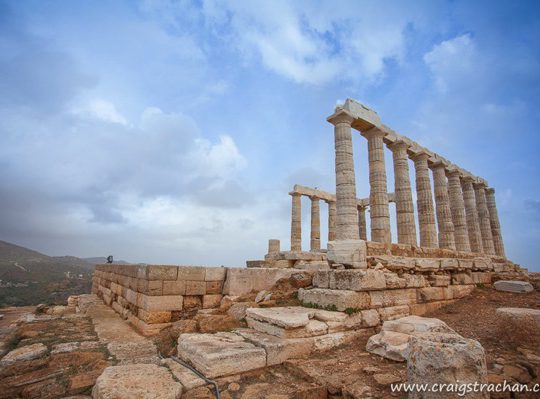
I wasn’t certain what to expect as I entered the door of the Conciergerie in Paris, France – the grandeur of a medieval royal palace, or the grime of a revolutionary prison. And, of course, the truth is that I found both and neither of these.
The Conciergerie was originally built as a medieval royal residence You can find elements of the original building in the vast hall used by the men-at-arms and the kitchens that still exist and can be explored by visitors. Obviously, they look very different now. Yet I found myself imagining the walls of the great hall covered with colourful tapestry wall hangings, the floor strewn with rushes, and men at arms sitting at tables or clustered near the five vast fireplaces in the room. Yet, of course, none of this remains now.
The Conciergerie took on a judicial role in the 14th Century and was partially converted into a prison. Later, during the French Revolution, which began in 1789, it was used as a revolutionary prison and court of justice. Marie Antoinette, the wife of King Louis XVI, was amongst those who were held here, and it was from here that she took her final journey to the Place de la Revolution, where Madame Guillotine stood.
Having read a few books describing the fate of Marie Antoinette, I could easily imagine her prison being small, dark, dank and miserable. But, of course, this isn’t what you see of the building now. Certainly, the corridors feel narrow and the guard room, with keys hanging from hooks on the wall (seen in the photograph) are a reminder of the use to which this part of the Conciergerie was put. But few signs of my imagined horrors of a revolutionary prison are in evidence.
The walls of one room are covered with plaques listing the names of the thousands of people who died during the French Revolution, including the deposed King and Marie Antoinette. Also listed are several leaders of the Reign of Terror, the first phase of the French Revolution, who fell from favour and were themselves guillotined, including Robespierre who died in 1794.
I’ve often been told that I have an overactive imagination. And perhaps that may be true. Yet it is that ability to create a mental image of a time and place in history that helps me to enjoy visiting historic tourist sites despite my blindness by enriching the way I experience the places I visit.
And so it was that I left the Conciergerie and returned to modern Paris, shaking off the remnants of the ghosts of former times and returning to the here and now.





